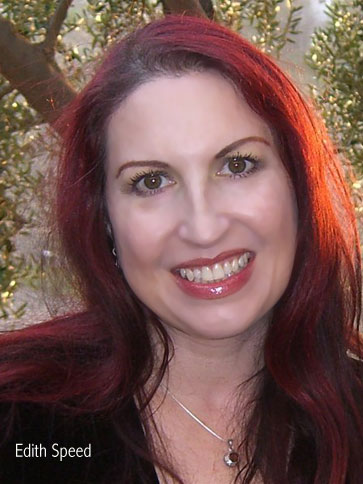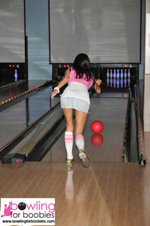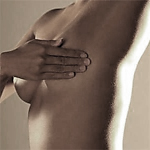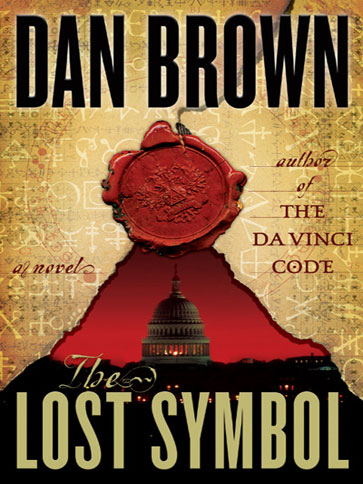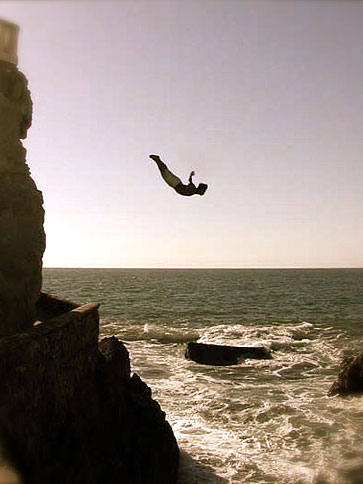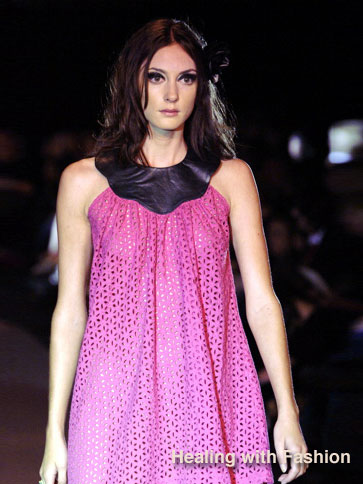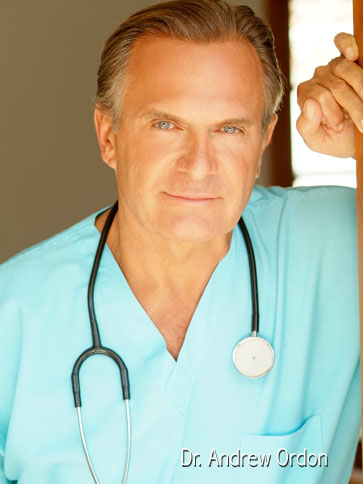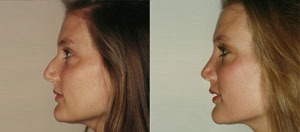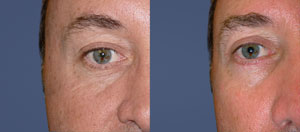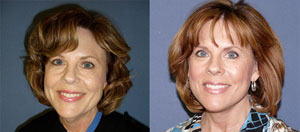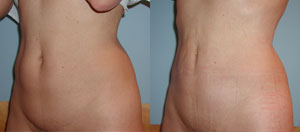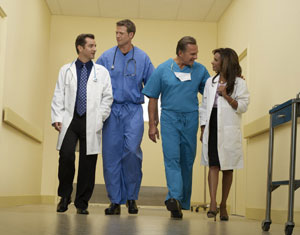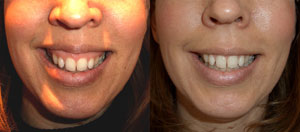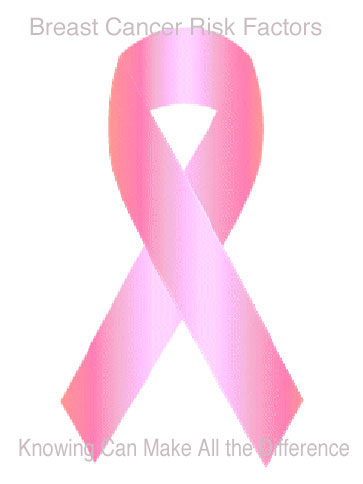 The American Cancer Society’s most recent estimates for breast cancer in the United States for 2009 tell us that 192,370 new cases of invasive breast cancer and 40,170 deaths from breast cancer occur each year. In this issue we focus on breast cancer awareness in our attempt to keep you healthy and living a long, wonderfully productive and fulfilling life.
The American Cancer Society’s most recent estimates for breast cancer in the United States for 2009 tell us that 192,370 new cases of invasive breast cancer and 40,170 deaths from breast cancer occur each year. In this issue we focus on breast cancer awareness in our attempt to keep you healthy and living a long, wonderfully productive and fulfilling life.
“The chance of a woman having invasive breast cancer sometime during her life is a little less than1 in 8. The chance of dying from breast cancer is about 1 in 35. Breast cancer death rates have been going down. This is probably the result of finding the cancer earlier and better treatment. Right now there are more than 2½ million breast cancer survivors in the United States.” -American Cancer Society
Breast cancer is simply an uncontrolled growth of confused cells forming in the breast area that was caused by any of so many factors we will discuss. These irregular cells first begin killing surrounding normal healthy cells and tissue, causing a lump or mass to form which we know as cancer. Although we still lack the medical technology to prevent breast cancer completely, we can definitely reduce risk dramatically. Awareness is key to preventing this horrid battle from ever beginning, as early detection can mean the difference between life or death, ladies. I don’t mean to be so grave, but your life is very precious and I choose not to take this subject lightly in the hopes of keeping you smiling for many healthy cancer-free years. Prevention begins with knowing your family history, routine self breast examinations, yearly routine mammograms for women 40 and over, and an annual breast examination by a medical professional.
All women are at risk of breast cancer and those with a family history of this burden are at even higher risk, so please be cautious and responsible with your health. Nearly 10% of breast cancer cases are actually hereditary, commonly resulting from the mutation of the BRCA1 and BRCA2 genes. These funny named genes actually help to prevent cancer by making the proteins that keep your cells from growing abnormally, a checks and balances, if you will. Cancer at its most basic level is simply a glitch in your system that has caused imbalance that is growing wildly out of control, destroying good elements and causing progressively more aggressive glitches. You want to catch this “glitch” early, or better yet, create the optimal environment in your body so that this glitch never comes to pass.
A woman should perform a monthly breast self examination (BSE) to catch this glitch fast and stop it in its treacherous tracks. Optimum time for self examination is a week past the end of a menstrual cycle or on the same day each month for women that might have irregular cycles. The BSE is a quick and simple process, and it is definitely worth your life, so no complaining or procrastinating. The following link is directions according to the American Cancer Association:
You can also always ask your gynecologist or family physician for all the information you will need.
The main idea is to feel for any irregular lumps that would need immediate attention. Be aware that not all lumps are cancerous, as some are merely natural irregularities; but don’t take any chances and get a professional opinion. Your regular physician will also inform your other more powerful examination, a yearly mammogram that needs to be routine for women 40 and on. A mammogram is simply a quick x-ray of the breast in order to rule out all doubt. Women between the ages of 20-39 should take at least one exam every three years. It is recommended that women 40 and older have the exam once a year. Nearly 77% of women with breast cancer are diagnosed at the age of 50 and beyond. Regular exams are critical as the years pass since development of breast cancer only increases with age.
Reducing risks of breast cancer is simple and brisk. Maintain a history of your family, perform routine self breast examinations, get yearly mammograms, and best of all keep your body happy and healthy in the first place to minimize any possibility of this horrible cellular glitch.
Common Lifestyle Risk Factors (Factors You Can Control and Change):
· Lack of physical activity
· Being overweight or obese
· Alcohol
· Not breast-feeding
· Post-menopausal hormone therapy
· Recent oral contraceptive use
· Not having children, or having them later in life
Common Unavoidable Risk Factors (Factors You Can Not Control or Change):
· Genetic risk factors
· Aging
· Gender
· Family history of breast cancer
· Personal history of breast cancer
· Race and ethnicity
· Dense breast tissue
· Certain benign breast conditions
Non-proliferative lesions
“These conditions show excessive growth of cells in the ducts or lobules of the breast tissue. They seem to raise a woman’s risk of breast cancer slightly (1½ to 2 times normal).” – American Cancer Society
Proliferative lesions without atypia
“In these conditions, there is excessive growth of cells in the ducts or lobules of the breast tissue, and the cells no longer appear normal. They have a stronger effect on breast cancer risk, raising it 4 to 5 times higher than normal” – American Cancer Society
Common Risk Factor Myths (Rumors):
The following is a list of controversial, uncertain or unproven rumors for increasing breast cancer risk but have been investigated and found insignificant or dismissible according to the American Cancer Society:
· Working at night
· Breast implants
· Induced abortion
· Bras
· Antiperspirants
· High fat diets (Good unsaturated fats)
Ladies, please be safe and take care of those precious lives of yours. Every day is a gift that we should not take for granted. Respect that wonderful body that takes you down this wonderful journey called life, and it will reward you with a long, fulfilling life to be proud of. For more in-depth information on the various forms of breast cancer, their risk factors, and more information on prevention, make your way to www.cancer.org. Smile, ladies and gentlemen readers of Agenda. The world is better that way.
Resources: www.cancer.org
Written by Anthony Heredia
